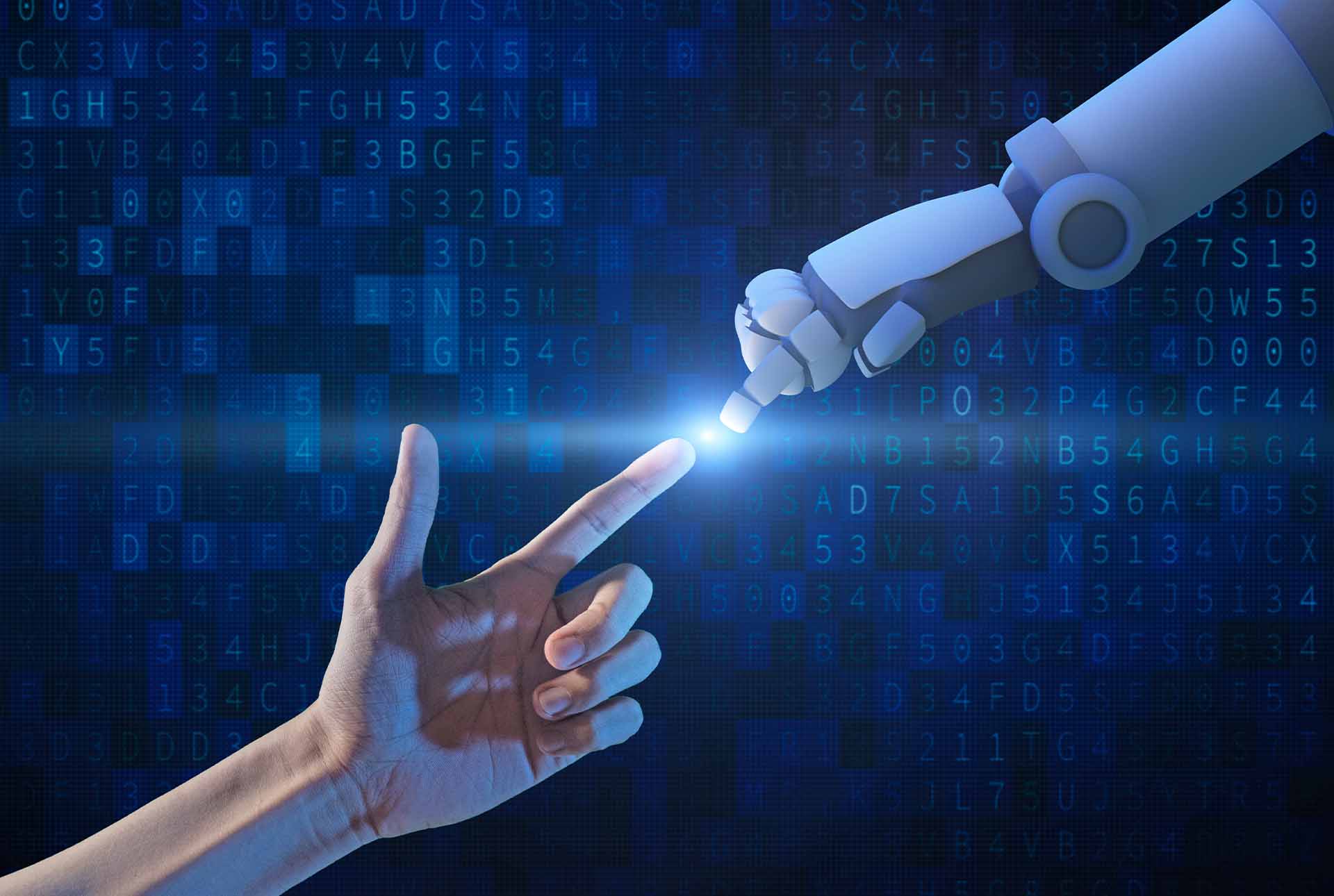April 11, 2022
Hyperautomation and AI/ML – The Impending Transformation of Business & IT Process Automation

What is Hyperautomation?
The IT research and consulting firm Gartner first coined the term ‘hyperautomation’ in 2019, and defined it as “a business-driven, disciplined approach that organizations use to rapidly identify, vet, and automate as many business and IT processes as possible.” It integrates various technologies and tools, such as -
- AI/ML
- Business process management (BPM) and intelligent business process management suites (iBPMS)
- Event-driven software architecture
- Low-code/no-code tools
- Integration platform as a service (iPaaS)
- Robotic process automation (RPA)
- to ensure that the automation of processes becomes an automated process itself - primarily through AI and ML.
Why is it Needed?
Business owners today have three major objectives - growth, efficiency, and digitalization. Growth is directly dependent on efficiency, which is directly dependent on digitalization - and a vital aspect of that is a business and IT process automation. Conventional enterprise automation approaches focus on implementing automation within a pre-set context - specific to individual use-cases and tasks. Hyperautomation adds layers of AI to the automation process - making it smarter, more autonomous, and versatile. It provides a comprehensive framework and infrastructure for process automation, making it scalable, flexible, and easy to customize as needed.How Does it Work?
Breaking hyperautomation down to basics, these are the main steps in the process -
- First AI is used to understand and identify processes that require automation.
- Then, the framework analyzes the requirements and selects the suitable automation tools to be used.
- It re-uses the automated processes through AI-driven iterations to drive agility and boost efficiency.
Hyperautomation enables enterprises to integrate AI and ML capabilities to simplify the development of new automation frameworks automatically. A few examples of how this is done are -
- Optical Character Recognition (OCR) helps bots convert image data to text data - helping create structured data out of unstructured data.
- Natural language processing (NLP) enables bots to interpret and convert human speech to structured, processable data.
- ML tools teach bots to analyze data and extract patterns - giving enterprises insightful and actionable data they couldn’t access previously.
- Process and task mining tools in hyperautomation give organizations access to a digital twin of the organization (DTO) - basically a virtual copy of the entire business - letting them simulate business processes, strategies, and workflows to see the predicted results and optimize accordingly - driving value, resolving bottlenecks and identifying opportunities.
How Will it Affect The Future Of Enterprise Automation?
If we consider the current trends in enterprise automation - perhaps the most significant change we can see is the focus shifting increasingly from incremental productivity gains to augmentation. Especially after the financial impact of the pandemic, organizations are concentrating more and more on cutting costs and increasing operational efficiency.
These observations directly imply that businesses must embrace digital transformation to the greatest possible extent - and that the IT departments must bulk up for the impending deluge of data that must be processed.
Gartner predicts that over 20% of all products will be manufactured, packed, shipped, and delivered without any human contact by 2025 - making hyperautomation practically indispensable.

